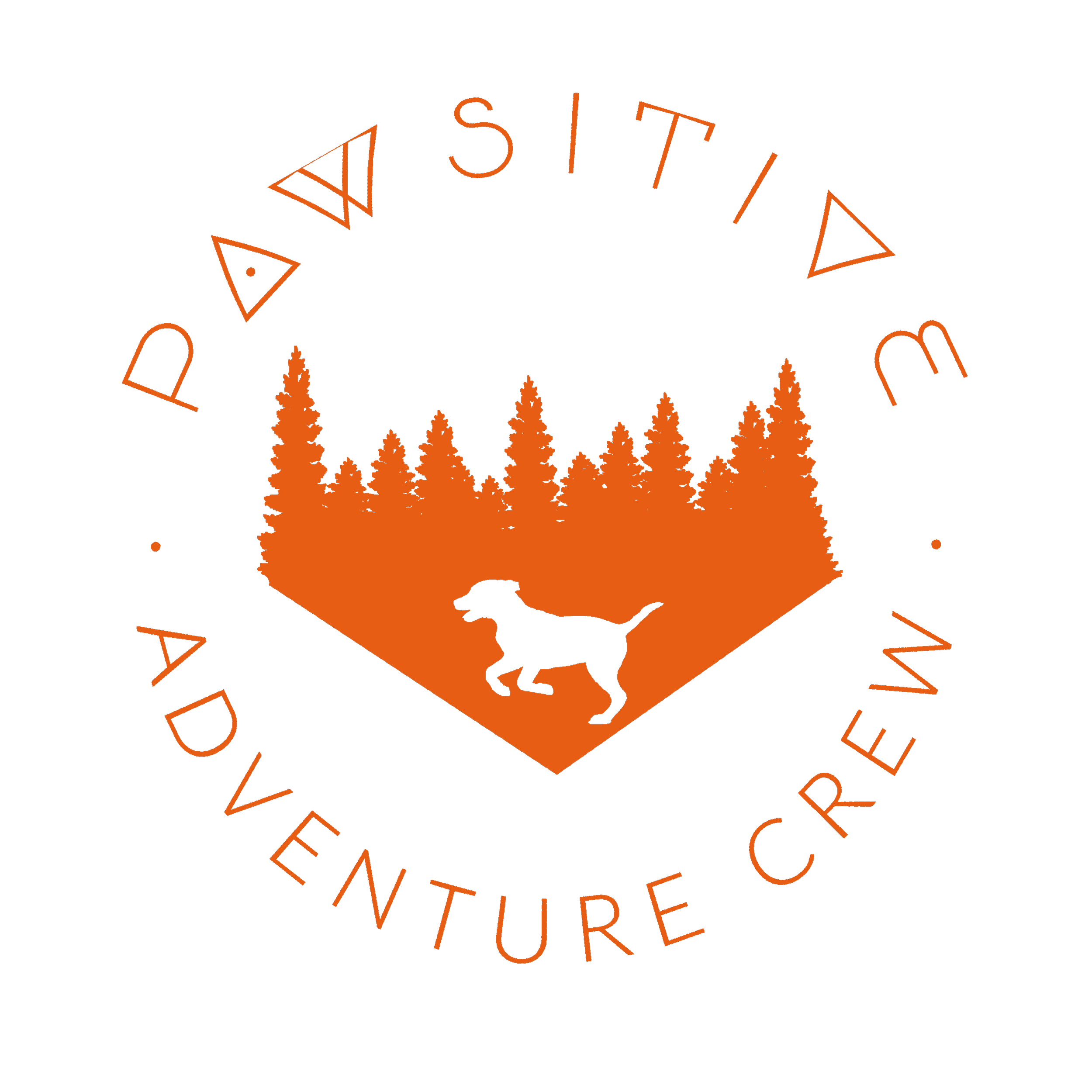How a 9 Month Old Puppy Learned To Walk On Leash in 3 months
Tasha Erickson
5 minutes
How in the world do you teach a new puppy how to walk nicely on leash? I know if you’re reading this, you have a dog that either pulls you around every which way, chases after other animals, or excitedly yanks your arm out of its socket to go meet other dogs. It’s exhausting, right?
Don’t worry, if 9 month old Rhodesian Ridgeback Zena could do it in three months with positive reinforcement and specific simple steps, so can your dog. The key is controlling impulse control in your dog, and consistency.
Zena had no impulse control!
When I first started dog walking in California in 2013, teaching dogs not to pull on the leash and to listen to directions came pretty naturally. But I as time went on, I gained a couple of clients who were more of a challenge.
Zena loved to zigzag on the leash, doing her darndest to drag you along against your will, and heaven help you if another person/people/dog came into her vision because that meant she SIMPLY HAD to greet them, resulting in lunging powerfully to the end of the leash, jumping up and down excitedly, yipping in a high pitch...she was a 9 month old Rhodesian Ridgeback, so behavior like this was exhausting for her owner, and for me on our one hour walks together.
She had no impulse control. She had no impulse control because no one taught her appropriate behavior for these situations. I saw her every day for an hour, so I spearheaded this training happily, actually. It took 3 months, and even now thinking about it I feel exhausted!
What does "impulse control" mean?
Impulse control is the ability to delay instant gratification.
In dogs, this means being taught how to appropriately behave in the world we have brought them into. No counter surfing, no cat chasing, no biting/barking/jumping for attention, and so much more.
For Zena, this meant no leash pulling, no lunging towards people walking by, no rushing out the door for her walk. It was about making the walk enjoyable for both of us, easier on the handler's body, easier on HER body, and creating a safe and fear-free environment for those in the community.
Two ways Zena learned to walk on leash
With Zena, I used a "catching" method to address the pulling on the leash. She pulled, I simply stopped walking. If she created slack on the leash by looking at me, or coming to me, I gave a treat as a reward, said, "Let's go," and continued walking forward.
Another way you can do this is by taking a step, and waiting for your dog to sit. Reward as soon as they sit, and then take another step. Wait for your dog to sit. Reward. Repeat, until your dog is sitting automatically once you stop after each step. Then gradually increase the number of steps you take between stops, making sure your dog sits automatically at a stop.
How do I teach my dog impulse control?
Here are some quick tips to help with teaching your dog impulse control.
Don't repeat the command.
Here's a dog treat for you: repeating the command is because you observed your dog ready to break from the command...their control was wearing out.
Practice shorter times, that you gradually lengthen, always ending on a positive note.
Write down your results from each session, so you can pick up where you left off the day/week before.
Think “Do this instead” rather than “Don't do that!”
With impulse control:
Your dog learns to suppress their urges.
They learn how to respond to signals and cues from you and their environment.
You can teach them default behaviors, like sitting when a human approaches.
It's a large part of bite inhibition with puppies, which prevents serious bites from occurring when your dog is an adult.
Remember, consistency and positive reinforcement are the keys here. Don’t punish your dog for being a dog, learn to shape those dog behaviors into ones that are appropriate for being out in our world.


